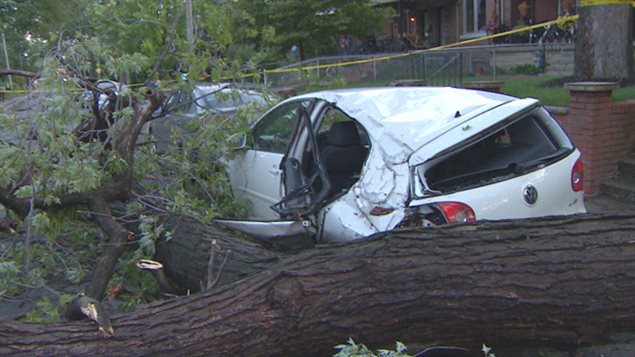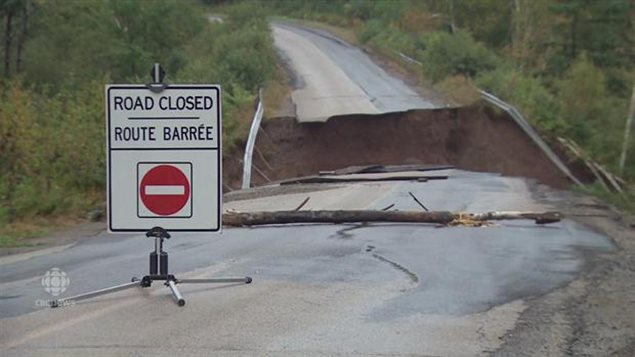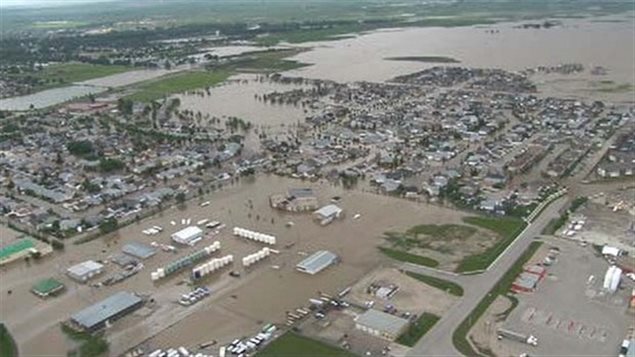Governments have money set aside for natural disasters and to pay for emergency situations that they cause.
In Canada, the government has been setting aside about $100-million a year for such extreme weather events.
The trouble is, such extreme weather in the past few years have been not only more frequent, but more violent and damaging.

Because of that the federal Disaster Financial Assistance Arrangements (DFAA) to the provinces have been increasing far beyond the planned estimates.
Now a new report from the Parliamentary Budget Officer says climate change means the government should be setting aside nearly ten times that amount.
It notes that in 2012-13 DFAA transferred $280 million to cover emergency costs, then over a billion in 2013-14, and $305 million in 2014-15.
It also predicts the bill for 2015-16 to be almost $850 million, and close to $600 millioin in the following couple of years.

The PBO report says however that even those estimates from the DFAA may be low.
Using data from the DFAA, the Insurance Bureau of Canada, Swiss Re, and Risk Management Solutions Inc, it estimates that in the coming years, summer and winter storms will cost almost $230 million annually, while flooding will add another $673 million , which adds up to over $900 million annually.

The disaster fund was originally created in 1970 and helps to reimburse provinces and individuals for damage from natural or man-made disasters.

The Globe and Mail newspaper, cites Bill Feltmate, head of the Intact Centre on Climate Adaptation at the University of Waterloo in Ontario who says. That from 1983 to 2008 Canadian insurers paid anywhere from $200-500 million annually for disaster damages.
He notes however that since 2009, the claims have always been more than $1 billion.
Additional information-sources







For reasons beyond our control, and for an undetermined period of time, our comment section is now closed. However, our social networks remain open to your contributions.